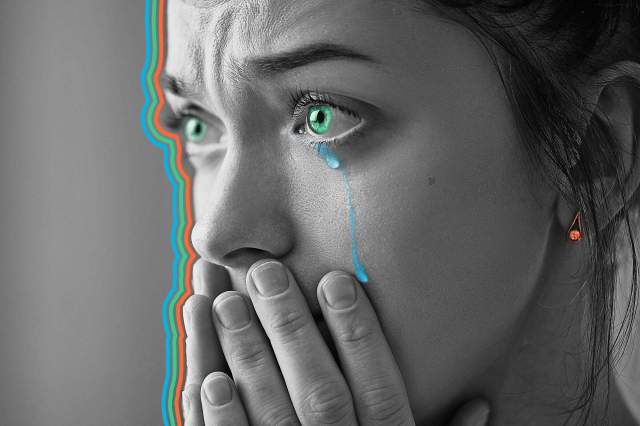
Numbers Don't Lie

Chemicals that irritate the eyes and make humans cry are called ______.

Ready to reveal?
Confirm your email to play the next question?

Chemicals that irritate the eyes and make humans cry are called lachrymators.

Humans tear up when laughing because it’s physiologically similar to crying.
Although crying is often associated with sadness, tears are actually a complex biological response — after all, humans also shed tears of joy. Evidence suggests that the same part of the brain controls both laughing and crying; some of this evidence comes from studies that have shown that patients with a condition known as pseudobulbar affect (PBA) experience both uncontrollable bouts of crying and laughter caused by lesions located on a specific part of the brain. Although scientists aren’t 100% certain why people cry when they’re laughing, one prevailing theory is that in both instances the body is attempting to regulate a high emotional state and simply doesn’t discriminate between immense sadness and immense joy.
















